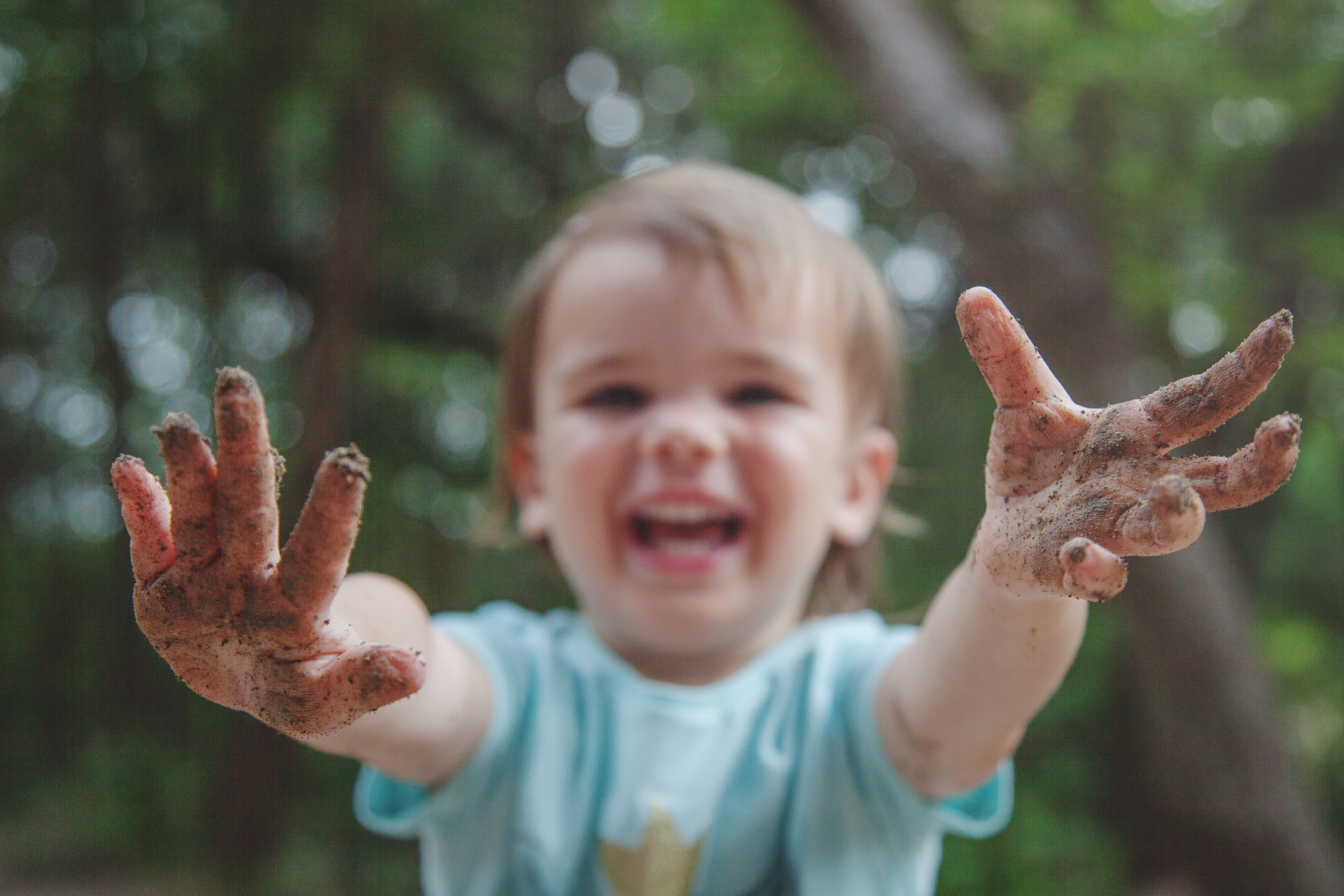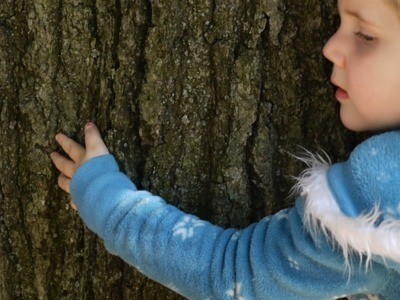If you’ve spent time with your children in nature, you can see the positive effects of time spent outdoors. For most people, once you look into it, the health and wellness benefits are even more numerous than you realize. Studies have shown that spending time outdoors reduces stress, blood pressure and heart rate, encourages physical activity and enhances mood and mental health. And, a regular pattern of spending time in nature can even extend our life span.
Just two hours a week reaps those rewards, a large-scale study of adults young and old, of different ethnicities and in varying financial situations found. That means the stress-reducing, body-healing benefits of nature are 120 minutes away.
Also, it doesn’t matter how much time you spend in each visit, as long as your weekly total—at your favorite park, forest, beach, or city block— adds up to the magic 120. The best part? Spending time outdoors with kids, even in little bits, is actually a form of self-care for parents and caregivers, too.
The Benefits of Time Outside
Time outdoors is essential for kids’ well-being—and for ours, as well. When kids get outdoors, they enjoy reduced anxiety and enhanced mood. The same goes for us adults. Outdoor settings also provide kids’ sensory systems with an ideal mix for learning, because the outdoors is both stimulating and calming at the same time.
Here are even more wellness benefits of outdoor play:
- Kids who spend more time outdoors are more physically active, and physical activity drives positive health outcomes.
“To be healthy, children need several hours (not minutes!) of movement a day — preferably outdoors, where the senses are fully alive and their bodies are free to move in many different ways.”—Angela Hanscom
- Daily doses of fresh air and sunlight increase circulation, vitamin D, boost immune systems, and promote overall wellness. Parents know it too when we look at happy kids who sleep soundly.
- Time spent in natural settings also contributes to healthy sleep patterns in babies, toddlers and kids. And proper sleep drives all kinds of beneficial health outcomes.
- Kids who spend time outdoors get sick less often. The perception that you’ll catch a cold outside is just plain wrong. Stagnant, indoor environments are breeding and sharing grounds for all kinds of germs, and some studies show that being cold may even trigger the immune system.
It is not only medically sound, but plain common sense that running around outside in any season is far more beneficial than being cooped up indoors. — Dr. Michel Cohen, Author and Founder of Tribeca Pediatrics
- Nature and play lower stress. Time spent in natural settings is restorative and reduces anxiety for kids and for adults. Children are particularly vulnerable to the impact of stress and stress hormones, and this time is extra stressful on us all. Plus, if you can join your kids, your stress will reduce too, making it easier to provide a more supportive environment for kids.
- Play in nature brings joy. Learning to find and experience the joy that nature and play provide is another way to provide children with enriching, positive emotional experiences in the short term. If we can engrain that joy practice for them, they can carry forward this powerfully positive way of being in the world.
- Rain and snow build resilience. Playing in inclement weather can even give kids the opportunity to learn that they can manage when life gets a little challenging. They get the message that they have the resources to persist and make the best of what life hands them. There may not be two more important capacities kids need for long term wellness than grit and resilience, so that is a lesson we can’t afford to miss out on.
There is so much pressure on parents to be everything today—to be there for your kids, to be your own village and to be your best you. 120 minutes a week outdoors may not completely alleviate that, but it certainly can help us all balance it—and have more reserves to bring to parenting challenges.
That goes for those of us whose schedule includes regular, daily time outdoors and those of us who find little moments before and after work. When getting outside is tough, research has found that just looking at photos of nature has restorative effects. Read here for how to bring the outdoors—and all that wellness—inside.
Here are a few of our favorite ways to explore nature with children you love:
Take the Moon for a Walk
Needed: PJ's and a lantern/flashlight
After dinner, put on PJs and grab a lantern or flashlight (If it's dark out) and take the moon for a walk. Slow down and take time to use all of your senses to experience the beauty and peace of nighttime outdoors.
For the full activities: Make a Lantern and Take the Moon for a Walk
Befriend a Tree
- Needed: Time outdoors and at least one tree to love.
- Choose a tree to befriend. Approach it—see it, smell it, touch it, name it—and even watch it over time to see how it changes in the seasons to come (this is a great way to teach your child empathy!).
- For the full activity: Befriend a Tree
Outdoor Feast
- Needed: Kitchen items (muffin tins, baking dishes), water, a patch of earth and plenty of nature treasures (acorns, wood chips, grass, twigs, etc.) Forest putty optional.
- Use water, earth and nature treasures along with cooking/baking tools from the kitchen to whip up a Fall Feast (we love this one for building sensory skills in children).
- For the full activity: Outdoor Feast
Magic Carpets
- Needed: String and colorful leaves, grasses, flower petals or other nature treasures.
- Set up a circle or rectangle of string, then fill it with colorful nature treasures, just like a carpet. Sit on your "magic carpet" and imagine where it can take you (creativity boost? Yes please!).
- For the full activity: Magic Carpet
A Twist on the Squiggle
- Needed: 2-yard pieces of ribbon, streamer or fabric.
- Inspired by a delightful story, you can run, jump, and move with your squiggles (i.e. long piece of ribbon). Who knows what they'll become!
- For the full activity: A Twist on the Squiggle
Download a free monthly calendar full of easy ways to celebrate nature at tinkergarten.com/calendar. Or search for your own easy, fun DIY activities designed to help the whole family get your dose of Vitamin N at tinkergarten.com/activities. And join the conversation in our free Facebook Community, Outdoors All 4!


